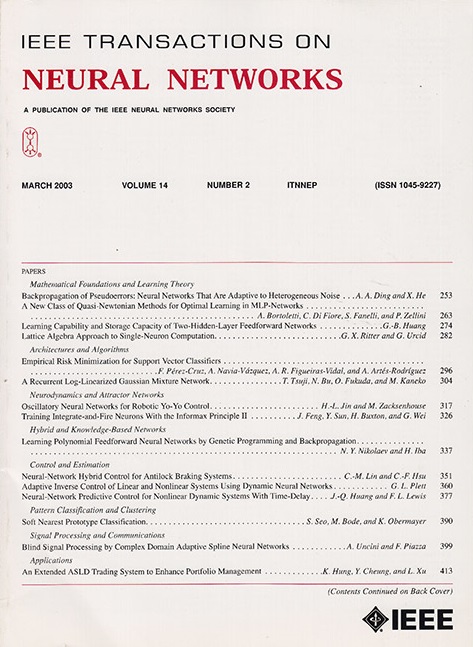图像类别监督下显著目标检测中的空间连续性和非均等重要性
IF 8.9
1区 计算机科学
Q1 COMPUTER SCIENCE, ARTIFICIAL INTELLIGENCE
IEEE transactions on neural networks and learning systems
Pub Date : 2024-09-04
DOI:10.1109/TNNLS.2024.3436519
引用次数: 0
摘要
由于像素级注释的低效率,带图像类别标签的弱监督突出物体检测(WSSOD)受到越来越多的关注。以往的研究通常致力于生成高质量的伪标签,从而以完全监督的方式训练检测器。然而,我们发现检测性能往往受到伪标签中两种噪声的限制:1) 对象内部或边缘的空洞以及背景中的异常值;2) 丢失的对象部分和冗余的周边区域。为了减轻它们带来的不利影响,我们根据理想伪标签的两个关键属性,分别提出了局部像素校正(LPC)和关键像素关注(KPA):1) 空间连续性,即一个对象区域由一组相邻的点组成;以及 2) 重要性不均等,即像素在训练中具有不同的重要性。具体来说,LPC 会根据邻域的汇总统计数据及其大小来填补漏洞并过滤掉异常值。KPA 将训练的重点放在多个伪标签中的模糊像素上,以发现更准确的显著性线索。为了评估我们方法的有效性,我们设计了一个简单而强大的基线,我们称之为带变换器的弱监督显著性检测器(WSSDT),并将提出的模块统一到 WSSDT 中。在五个数据集上进行的广泛实验表明,我们的方法显著改善了基线,并优于所有现有的同类方法。此外,我们还建立了首个评估 WSSOD 稳健性的基准。结果表明,我们的方法也能提高检测鲁棒性。代码和鲁棒性基准可在 https://github.com/Horatio9702/SCNI 上获取。本文章由计算机程序翻译,如有差异,请以英文原文为准。
Spatial Continuity and Nonequal Importance in Salient Object Detection With Image-Category Supervision
Due to the inefficiency of pixel-level annotations, weakly supervised salient object detection with image-category labels (WSSOD) has been receiving increasing attention. Previous works usually endeavor to generate high-quality pseudolabels to train the detectors in a fully supervised manner. However, we find that the detection performance is often limited by two types of noise contained in pseudolabels: 1) holes inside the object or at the edge and outliers in the background and 2) missing object portions and redundant surrounding regions. To mitigate the adverse effects caused by them, we propose local pixel correction (LPC) and key pixel attention (KPA), respectively, based on two key properties of desirable pseudolabels: 1) spatial continuity, meaning an object region consists of a cluster of adjacent points; and 2) nonequal importance, meaning pixels have different importance for training. Specifically, LPC fills holes and filters out outliers based on summary statistics of the neighborhood as well as its size. KPA directs the focus of training toward ambiguous pixels in multiple pseudolabels to discover more accurate saliency cues. To evaluate the effectiveness of our method, we design a simple yet strong baseline we call weakly supervised saliency detector with Transformer (WSSDT) and unify the proposed modules into WSSDT. Extensive experiments on five datasets demonstrate that our method significantly improves the baseline and outperforms all existing congeneric methods. Moreover, we establish the first benchmark to evaluate WSSOD robustness. The results show that our method can improve detection robustness as well. The code and robustness benchmark are available at https://github.com/Horatio9702/SCNI .
求助全文
通过发布文献求助,成功后即可免费获取论文全文。
去求助
来源期刊

IEEE transactions on neural networks and learning systems
COMPUTER SCIENCE, ARTIFICIAL INTELLIGENCE-COMPUTER SCIENCE, HARDWARE & ARCHITECTURE
CiteScore
23.80
自引率
9.60%
发文量
2102
审稿时长
3-8 weeks
期刊介绍:
The focus of IEEE Transactions on Neural Networks and Learning Systems is to present scholarly articles discussing the theory, design, and applications of neural networks as well as other learning systems. The journal primarily highlights technical and scientific research in this domain.
 求助内容:
求助内容: 应助结果提醒方式:
应助结果提醒方式:


